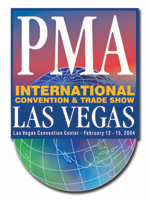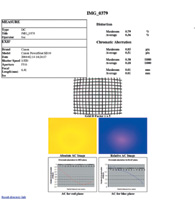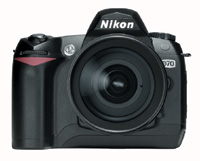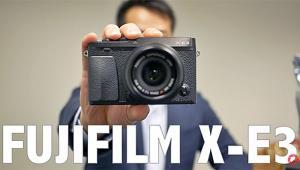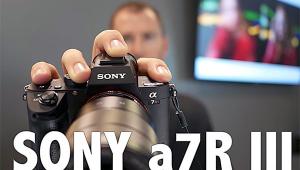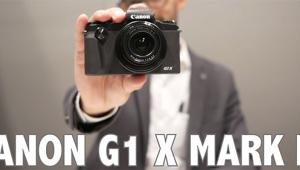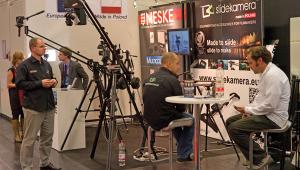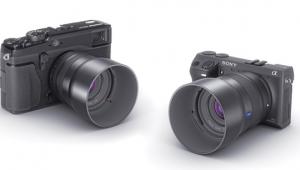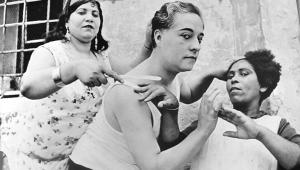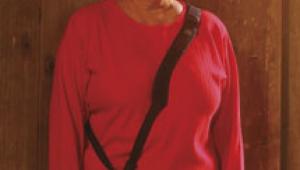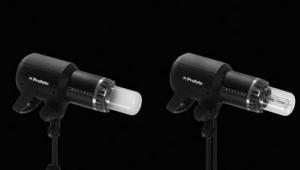Best Of Show
Our Reporters Make Their Top Picks
Just as when you send out five photographers to the same spot and they all come back with a different picture, our editors came away from the big PMA Show with one or two (or a few) products that caught their eye. Their choices reflect their professional interest, how the product might help make their craft easier or more interesting, and what they thought just might change the course of how we all capture, share, and print our images. Given that all of them saw thousands of products over the course of four days, these products just might pique your interest as well. |
||
Konica Minolta's
Maxxum 7 Digital |
||
Leica's Digital-Modul-R
Camera Back |
||
A Digital SLR, Battery
Tester, And ColorChecker Targets |
||
Analyzer And Fixer
Software |
||
Kodak Kiosk |
||
Finally A Quick, Efficient
Way To Get The Red Out |
||
Digital SLRs Have Changed
The Game |
||
Too Hard To Pick Just
One |
- Log in or register to post comments
